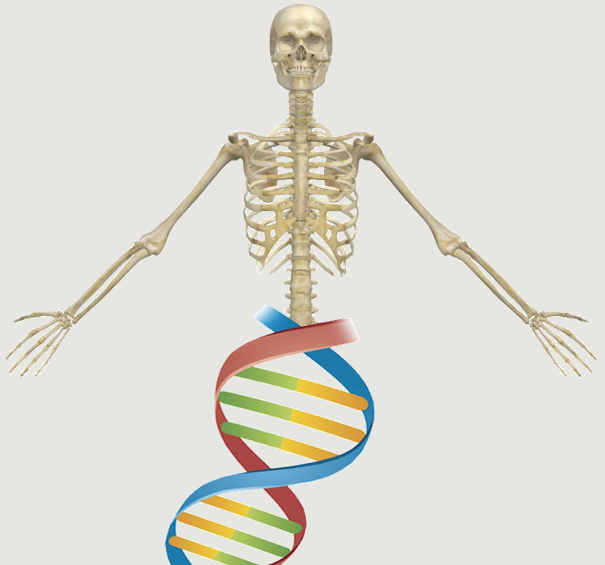Citation:
Abstract:
Intervertebral disc (IVD) degeneration is a leading cause of chronic low back pain that affects millions of people every year. Yet identification of the specific IVD causing this pain is based on qualitative visual interpretation rather than objective findings. One possible approach to diagnosing pain-associated IVD could be to identify acidic IVDs, as decreased pH within an IVD has been postulated to mediate discogenic pain. We hypothesized that quantitative chemical exchange saturation transfer (qCEST) MRI could detect pH changes in IVDs, and thence be used to diagnose pathologically painful IVDs objectively and noninvasively. To test this hypothesis, a surgical model of IVD degeneration in Yucatan minipigs was used. Direct measurement of pH inside the degenerated IVDs revealed a significant drop in pH after degeneration, which correlated with a significant increase in the qCEST signal. Gene analysis of harvested degenerated IVDs revealed significant upregulation of pain-, nerve- and inflammatory-related markers after IVD degeneration. A strong positive correlation was observed between the expression of pain markers and the increase in the qCEST signal. Collectively, these findings suggest that this approach might be used to identify which IVD is causing low back pain, thereby providing valuable guidance for pain and surgical management.

